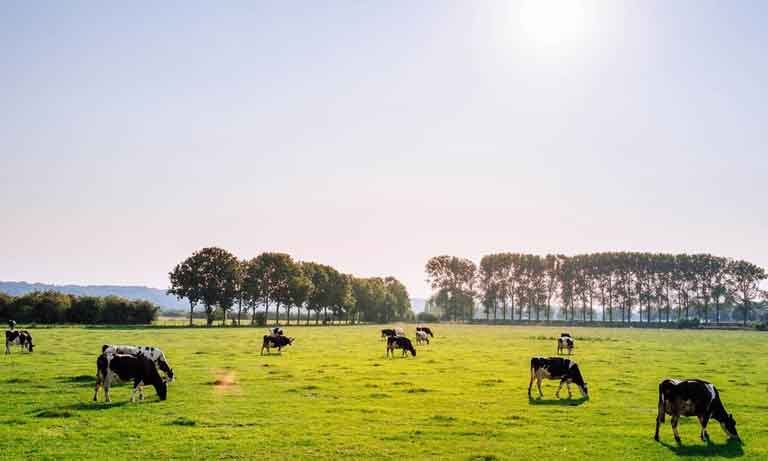New British Veterinary Association President calls for animal welfare alongside client choice to be at the heart of CMA recommendations
26 Sep 2024
The study looks at the role of badger culling in reducing bovine TB in cattle herds in England.

The British Veterinary Association (BVA) has responded to the publication of a new statistical study today analysing the badger culls in England, which looks at the role of badger culling in reducing bovine TB in cattle herds.
The paper uses a variety of statistical approaches to analyse publicly available evidence of change in the disease from within and outside badger culling areas in the High Risk Area of England, along with a comparison of the change in incidence levels in ten county areas across 2010-2020. The study looks at the role of badger culling in reducing bovine TB in cattle and suggests that a decline in incidence and prevalence could be linked to the introduction of cattle-based disease control measures in that same time period. However, the paper acknowledges the limitations of the data used for this analysis.
The paper has been published in Vet Record, BVA’s editorially independent journal. The views expressed in the journal are those of the authors and may not necessarily comply with BVA policy.
BVA’s comprehensive policy on bovine TB control and eradication supports a range of measures to tackle this challenging disease, including controls in cattle, building on the strong vet-farmer relationship, rewarding farmers for good biosecurity, empowering vets with timely, localised data, and the targeted, effective and humane use of badger culling where evidence supports this strategy.
Responding to the publication of the paper, BVA Senior Vice President James Russell said:
“As an evidence-based profession, we welcome any new data or research that sheds light on bovine TB control.
“Our own policy position recognises the need for ongoing analysis in what is a scientifically complex field and supports a holistic approach that makes use of all the tools in the toolbox to tackle this devastating chronic disease.
“As the paper clearly acknowledges, there are limitations to the data used by the authors. We are also aware that Defra’s analysis of the research offers a different perspective. We will be reviewing the new research in order to draw our own conclusions on the robustness of the analysis and any implications for our policy.
“As with all our policy decisions, BVA will take this opportunity to review and consider all new and emerging research to ensure our recommendations reflect the latest, scientifically rigorous evidence.”
Get tailored news in your inbox and online, plus access to our journals, resources and support services, join the BVA.
Join Us Today